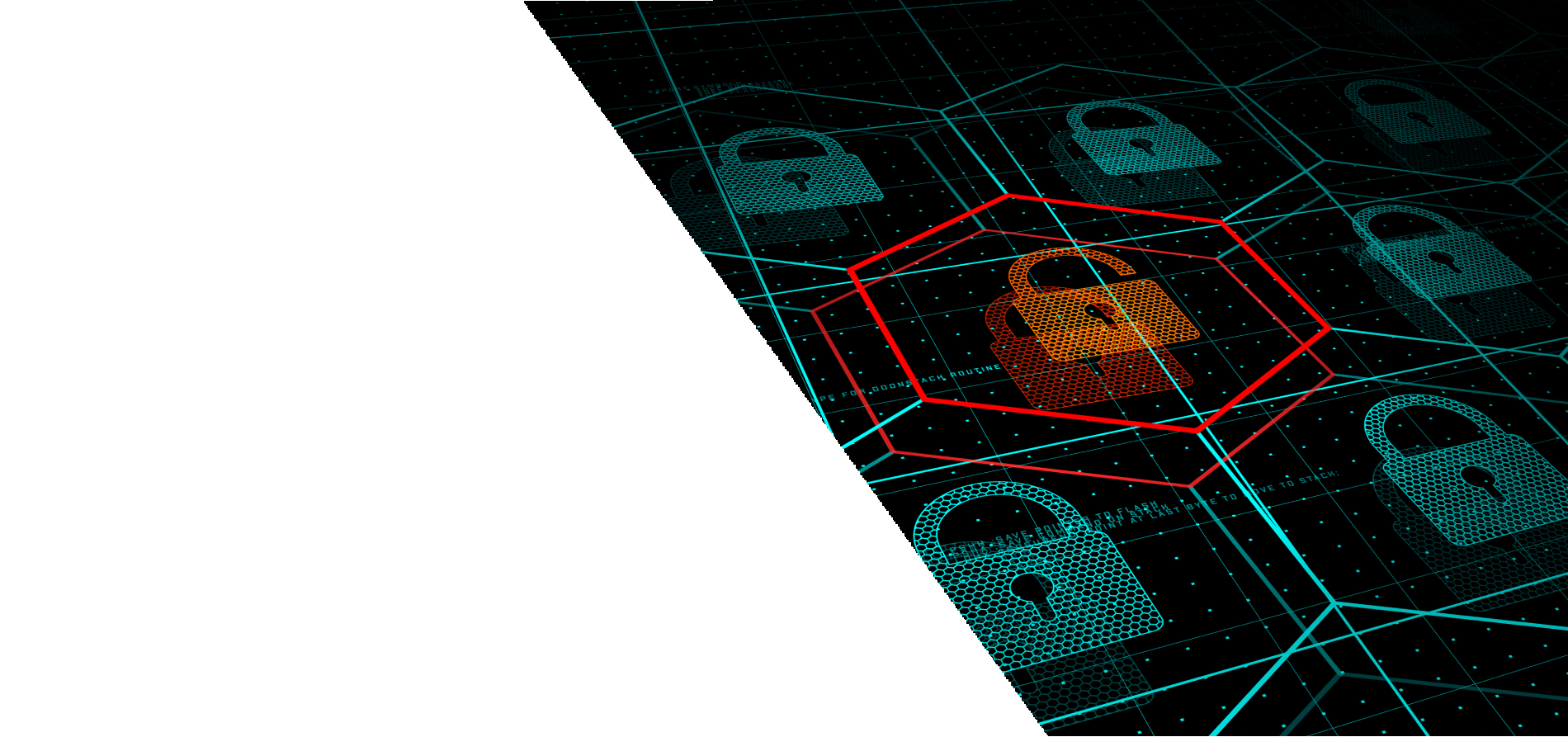Hybrid teams require secure, remote access to an extensive array of cutting-edge cloud and web applications in order to maximise productivity. But today the average business relies on 88 different apps, creating a larger-than-ever attack surface for your cybersecurity team to protect.
Making web app security even more complex, each type of SaaS app demands a different type of security posture to defend against new threats.
As you explore how to secure SaaS applications, it’s vital you deliver anywhere access to your hybrid workforce without sacrificing SaaS app security.
How to Strengthen SaaS App Security with Public SaaS App Access
Today’s increased reliance on hybrid work has also seen more dependence on public SaaS apps such as Wrike, Salesforce, Workday, or Concur. However, relying on a variety of public web-based apps without a universal application security policy creates a lot of complexity for IT and increases the risk of a breach. To address this, Citrix Secure Private Access provides a common security framework to strengthen the security of SaaS applications.
Citrix’s common security framework begins with adaptive authentication across all your public SaaS apps. This enables you to apply the same authentication standards for all public SaaS app vendors, giving your hybrid employees an identical authentication experience across all their work apps. You can also use Citrix Secure Private Access to implement single sign-on (SSO) for all public SaaS applications, strengthening web-app security while unifying the authentication experience for your users. Finally, you can also set adaptive access policies to dynamically restrict keyloggers, screen sharing, printing, and downloading of sensitive data.
Increase Private Web App Security Without Disrupting UX
In the same vein as public SaaS apps, many organizations host web apps like Jira or SharePoint internally to protect them inside the data center or a private cloud. But while internally hosting these private web apps helps guard them against internet-based threats, bad actors are evolving new ways to attack these applications — including stealing access credentials. This makes strong access control a must.
To close this security gap, Citrix provides zero trust network access (ZTNA) to simplify how remote workers access private web apps while following web application security best practices. For end users, the experience of accessing these private web apps is the same as it would be using a browser to access a public SaaS app. But behind the scenes, Citrix Secure Private Access uses ZTNA to keep the application safe from internet-based threats and untrusted endpoints. This secures access from any Windows, Mac, Linux, or mobile device without disrupting the user experience.
Simplify, Secure Remote User Access to Private Client/Server Apps
Another use case for Citrix Secure Private Access is addressing TCP and UDP security vulnerabilities. Sometimes remote users need access to private client/server apps that have their front-end on the endpoint and their backend in the data center. Common examples of these apps include SQL Server Management console, Putty, and Outlook/Exchange. Organizations rightfully have strict security policies around these internal and private apps, making it difficult for remote users to access these applications without compromising security protocols.
Using Citrix Secure Private Access to enable ZTNA, you can deliver secure access to private TCP and UDP applications inside a strong user experience.



















